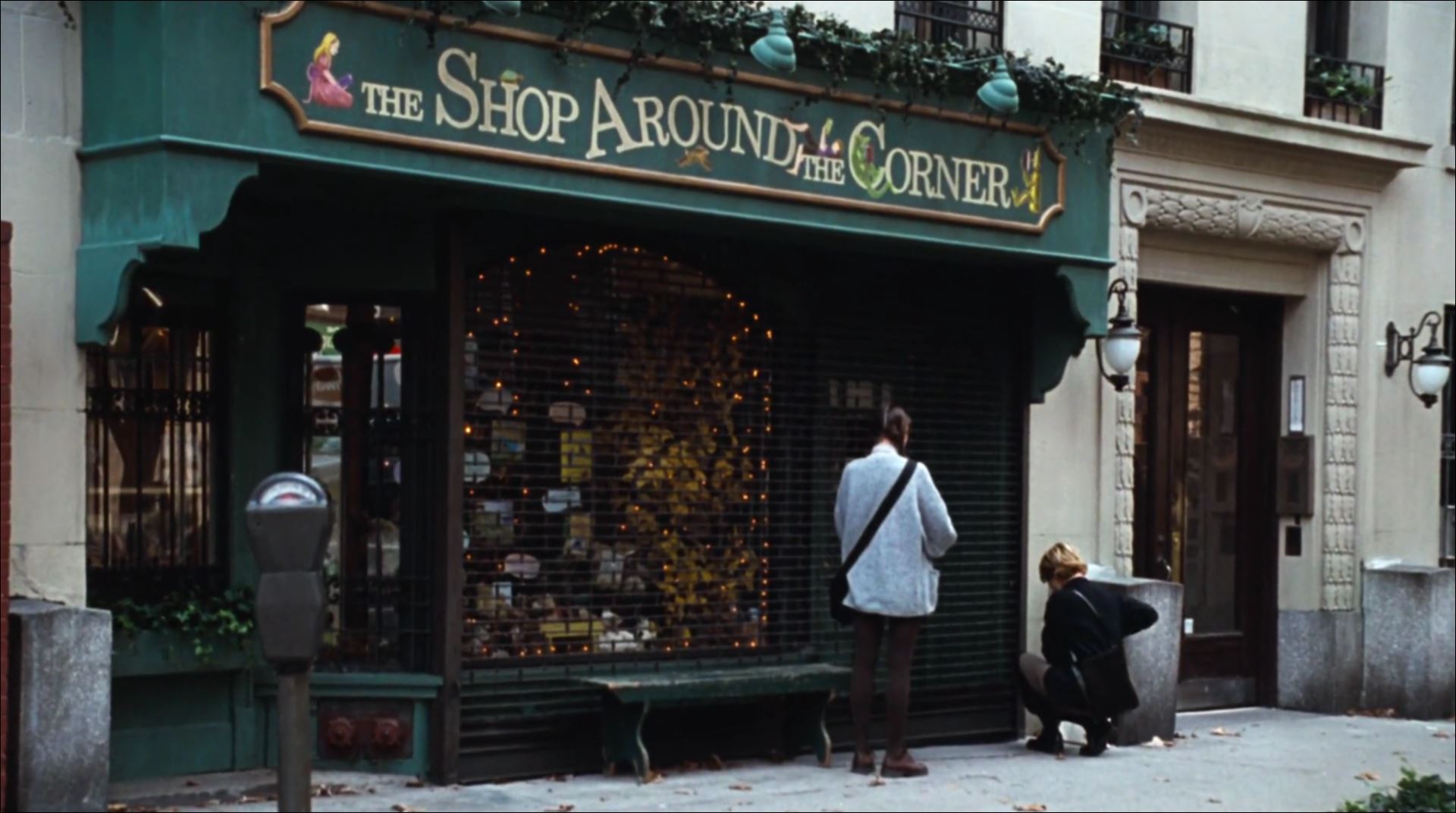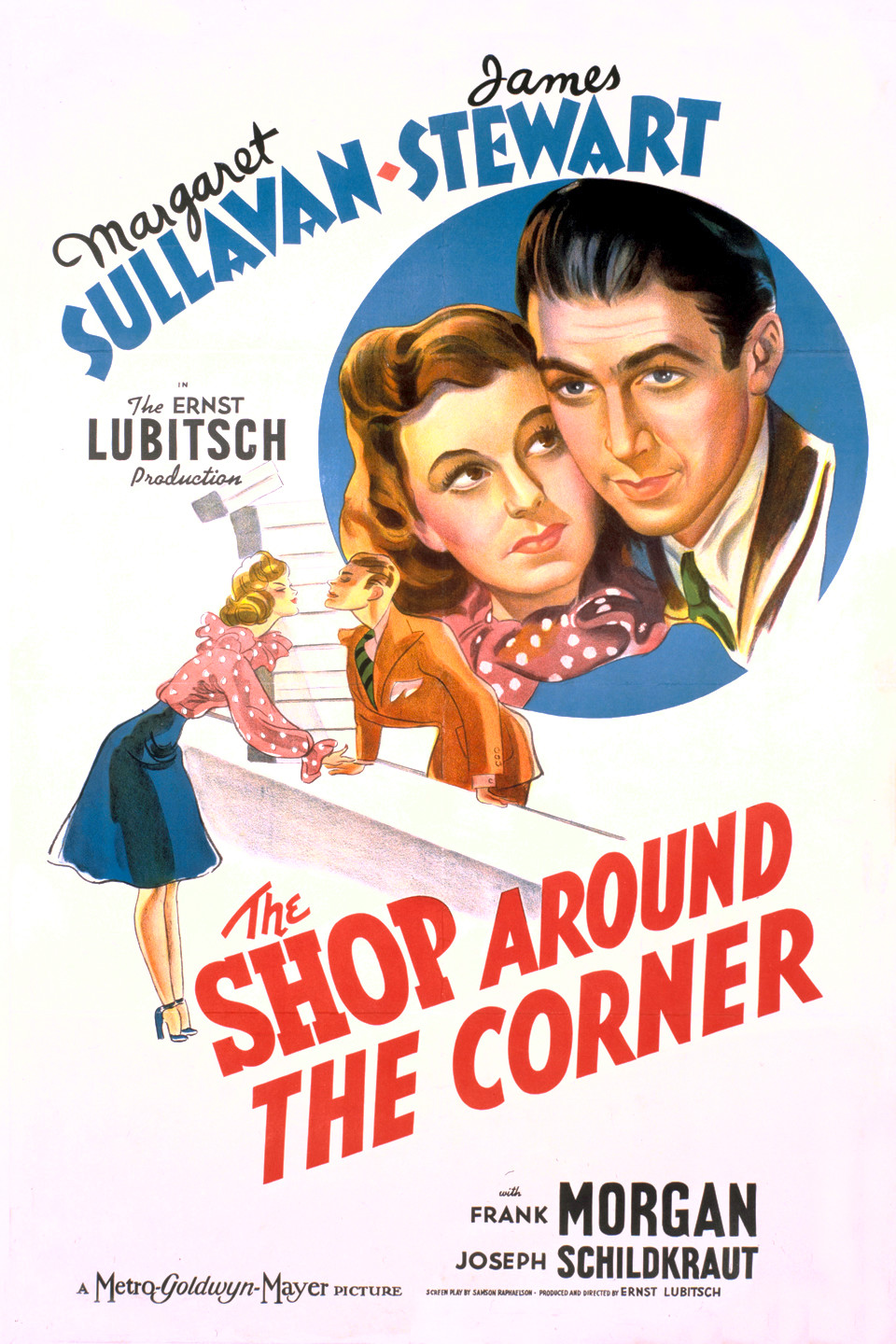Imagine this: it’s a bustling Saturday afternoon, your favorite local bookstore is overflowing with customers eager to find their next literary adventure. You’re engrossed in a captivating novel, lost in the worlds woven by the author’s words. Suddenly, you catch a fleeting glimpse of a figure slipping a book into their bag, their movements quick and deliberate. What do you do? Do you confront them? Alert the store manager? Or, do you watch, captivated by the audacity of the act, your heart pounding with a mixture of curiosity and unease?

Image: muf.com.hr
This is the “shop around the corner,” a term often used to describe watching someone engaged in a potentially suspicious activity, particularly in a retail setting. It’s a scene that has captivated both fiction writers and real-life observers, a dance between voyeurism and justice, where the lines of right and wrong blur, and the thrill of the unknown hangs heavy in the air. But what exactly is the “shop around the corner” phenomenon, and how can we navigate its ethical complexities?
Unveiling the “Shop Around the Corner”: A Glimpse into the World of Retail Surveillance
The “shop around the corner” concept transcends simple observation. It’s a journey into the world of subtle social cues, the art of discreet observation, and the delicate balance between suspicion and judgment. It’s about understanding the nuances of human behavior, recognizing the signs that might indicate a potential theft, and grappling with the ethical implications of witnessing such an act.
The Psychology of the “Shop Around the Corner”
At its core, the “shop around the corner” phenomenon is a testament to the human fascination with intrigue and the unknown. We’re drawn to the stories of “the other,” the potential wrongdoer, the individual defying societal norms. There’s a certain thrill in observing someone’s actions, interpreting their movements, and attempting to decipher their intentions. This fascination, however, is often intertwined with a sense of responsibility, a moral compass that compels us to act. When we witness what we perceive as wrongdoing, we’re faced with the decision to intervene or remain silent, a choice that carries significant weight.
Practical Tips for Effective “Shoplifting” Observation
While the “shop around the corner” is a common term, the act of observing potential shoplifting should be approached with caution and ethical considerations. Here are some pointers to keep in mind:
- Observe, don’t judge: Don’t jump to conclusions. People can engage in actions that might seem suspicious but are actually innocent. Avoid making assumptions based on appearances or stereotypes.
- Focus on actions: Pay attention to the individual’s behavior. Are they looking around nervously? Are they concealing items? Are they moving quickly and avoiding eye contact?
- Discreet observation: Maintain a distance that allows you to observe without being noticed. Avoid staring or making obvious eye contact.
- Involve store personnel: If you are confident that someone is attempting to steal, discreetly notify a store employee. Let them handle the situation.
- Consider your safety: prioritize your own safety and well-being. Do not attempt to confront a potential shoplifter yourself.

Image: www.rottentomatoes.com
The Ethical Dilemma: When Observation Becomes Intervention
The “shop around the corner” presents a potent ethical dilemma. Where do we draw the line between observation and intervention? How much responsibility do we bear when we witness potential wrongdoing? Should we always act, or is it sometimes better to “mind our own business”?
The truth is, there are no easy answers. Each situation is unique, and the best course of action will vary depending on the circumstances. However, it’s crucial to remember that we live in a society governed by laws and regulations. If we believe someone is committing a crime, the appropriate response is to report it to the authorities.
The Future of “Shop Around the Corner” in a Digital Age
The rise of digital surveillance and technology has altered the landscape of “shop around the corner” observation. With widespread use of security cameras, motion sensors, and facial recognition software, the lines between public and private life are becoming increasingly blurred.
While these technologies can provide businesses with valuable security measures, they also raise questions about privacy rights and the potential for misuse. It’s a complex issue that requires thoughtful consideration and a balance between security and individual liberties.
Expert Insights on “Shoplifting” Observation: A Balanced Approach
“The ‘shop around the corner’ dilemma is a reflection of our innate sense of justice and the complex web of social responsibilities we navigate every day,” says Dr. Emily Carter, a renowned sociologist specializing in consumer behavior and social dynamics. “While our instincts might urge us to intervene, it’s essential to remember that we aren’t law enforcement officers. Our role is to be observant, alert, and to report any suspected criminal activity to the appropriate authorities.”
“The real challenge lies in recognizing the difference between genuine suspicion and unfounded assumptions,” adds Mr. Daniel Ross, a seasoned security expert with decades of experience in retail environments. “Proper training, a keen sense of observation, and an understanding of human behavior are paramount. We must avoid jumping to conclusions and instead focus on documented evidence.”
How To Watch The Shop Around The Corner
Conclusion: Navigating the “Shop Around the Corner” with Awareness and Responsibility
The “shop around the corner” is a fascinating phenomenon, a glimpse into the complexities of human behavior and the ethical dilemmas we face in everyday life. While the thrill of observation might be tempting, it’s crucial to remember that we must navigate this world with awareness, responsibility, and a clear understanding of our own limitations.
If you find yourself caught in a “shop around the corner” scenario, remember to prioritize your safety, observe discreetly, and report any suspected criminal activity to the relevant authorities. In a world increasingly reliant on technology, it’s more important than ever to maintain a balance between observation and intervention, respecting both our own sense of justice and the privacy and dignity of others.






